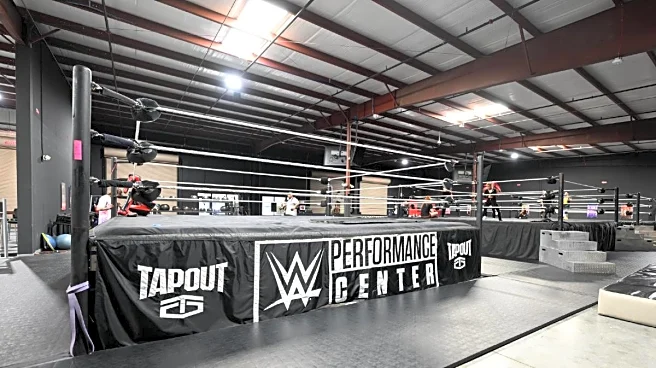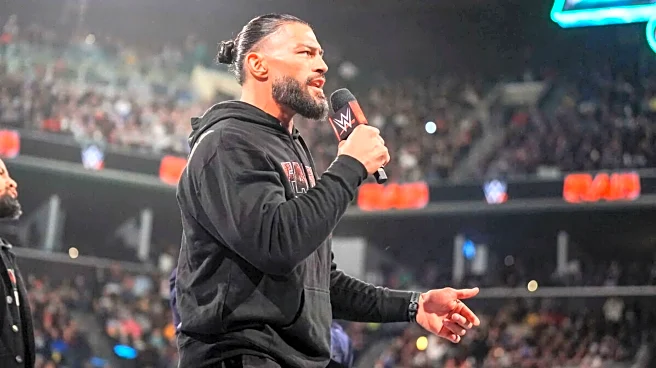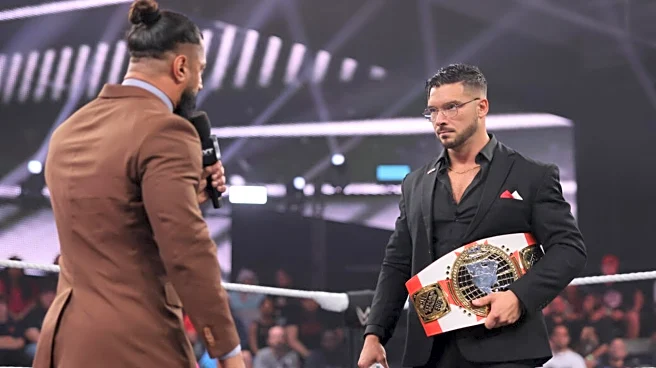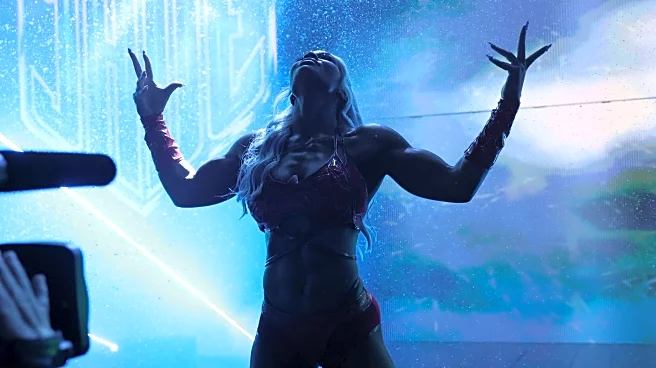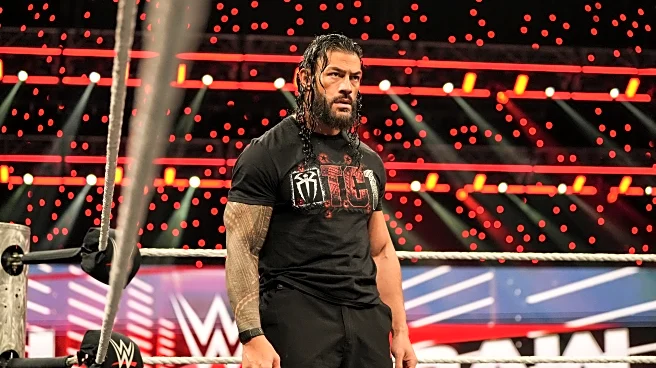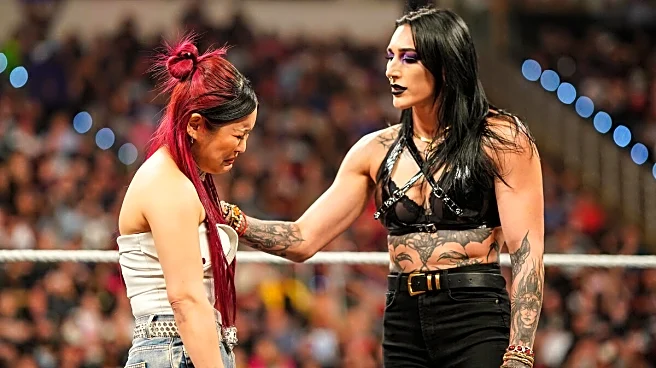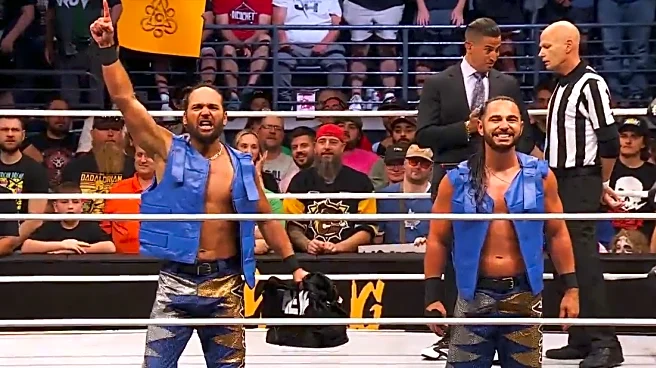It’s rare that I ever criticize my Tribal Chief, Roman Reigns.
But when Reigns appeared on ESPN’s First Take in August to promote WWE’s new streaming deal with ESPN, he described breaking into the business at WWE’s developmental territory, Florida Championship Wrestling (now NXT), and I couldn’t help but roll my eyes.
“Well, it’s rough,” Reigns began. “When I started — this was years ago — I was making $500 a week in a dirty little dusty Tampa warehouse.”
To be clear: I have all the respect in the world
for what pro wrestlers endure. I often advocate for less high-risk wrestling because the physical toll is so real, a fact Reigns was sure to mention. I also want to be clear that in no way do I mean to dismiss Reigns’ or any other developmental talent’s journey, as there may be additional elements to the job I’m not aware of.
That said, to the average fan listening — really, Roman?
He presented what I assume was meant to be a hard-luck story. But $500 a week to train in one location — without the brutal travel grind of the indies — isn’t exactly hardship. It’s especially surprising coming from Reigns, who debuted in WWE as part of The Shield with Seth Rollins and Jon Moxley — two guys who paid their dues on the indie scene for far less money, a lot more miles and no guarantees.
According to Cagematch.net, Reigns wrestled about 14 matches in 2010, his rookie year. In 2011, that number jumped to around 55, averaging just one match per week. Even in 2012, the year he debuted on the main roster, he wrestled fewer than 50 times.
If he was making $500 a week during that period, that’s a pretty sweet deal for one match a week, plus training.
Honestly, I would have sold my soul for that setup when I was in college: $500 a week, one day of work, time to hit the gym, go to school, and still have a life? That’s not a sob story.
That’s a dream.
To further put this into perspective, the minimum wage in Florida, where WWE’s developmental program remains, is currently $14 per hour. That means a full-time employee working 40 hours makes $560 a week before taxes.
Now, factor in a commute, a possible school schedule, or even a second job to make ends meet (according to what I found at Apartments.com, an apartment near WWE’s PC in Orlando averages around $900 — nearly two weeks’ pay for a full-time minimum-wage employee). And that’s not including other expenses such as utilities, travel to get to work, food and basic necessities, health insurance, and so on.
So again, putting all this into perspective, I was surprised by the uproar surrounding now-former NXT star Jazmyn Nyx’s decision to leave WWE after receiving a contract offer estimated between $75,000 and $98,000 a year.
That seems like pretty good cheddar for someone just starting out in the game. Working a light schedule in NXT while still being paid to learn is a gift. It certainly beats working the indie scene, where, again, the pay can be minimal, and access to health care in case of an injury is sketchy, to say the least.
Admittedly, I don’t know what her life goals and personal challenges are. From what Nyx has shared, her time in NXT was rough: four knee surgeries, a broken nose, and multiple concussions.
That’s not like flipping burgers — it’s a brutal way to make a living, fueled by the hope of something greater. Yet, those who want it will push through; those who don’t will walk away, and that’s okay.
Either way, for someone just starting in what most would consider a dream job, the pay and the hours certainly beat working the average 9–5, not to mention the access to quality training and access to health care.
Indeed, taking bumps is hard, as my Tribal Chief noted. Still, whether you’re a young Roman Reigns or Jazmyn Nyx, the fundamental truth remains that for the vast majority of wrestlers, WWE’s developmental money is a winning lottery ticket, not a sob story. In the world of pro wrestling, getting paid to learn is the exception, not the rule — and anyone lucky enough to have that chance would do well to remember it.
